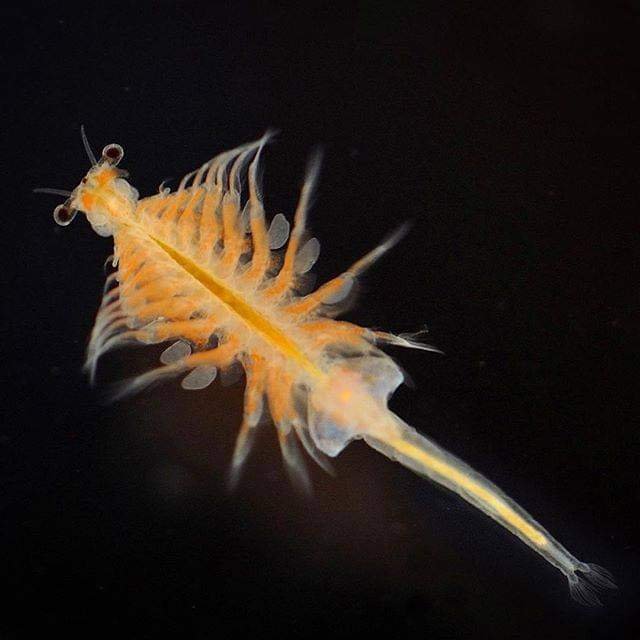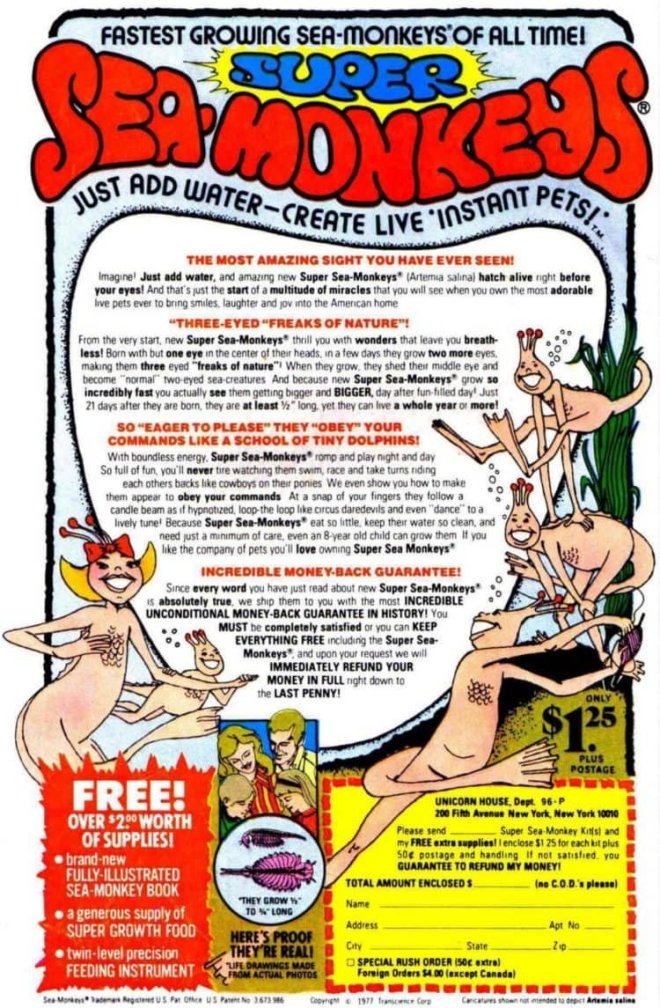
My little chihuahua watched with piercing concentration as I sat down to eat my breakfast one morning. Hope and anticipation filled his eyes as he wondered and thought about what delicious morsels I must be devouring without him. As I took a bite of my pancake, I dropped a piece for him. He sniffed it thoroughly and decided against tasting it. I continued on. The next bite was filled with syrup and melted butter, so I thought, maybe he would like a piece of that. I dropped a small piece of dripping sticky pancake knowing he would be both my broom and mop on the hardwood floor.
He sniffed it and nothing……
It wasn’t good enough.

His taste buds were not geared for sweets like humans and he wanted no part of this meatless society.
I stared at his pleading face, as I looked over at his dog bowl which was full of dry dog food. I felt a God-like superiority over him as I analyzed how to best handle this 9-pound varment.
“Dude”, I said. ” you have a bowl full of water, a bowl full of food, and a sticky warm piece of flour and sugar right under your nose. Why aren’t you happy?”
I felt the irony in this statement before I even finished my sentence. Is this what God says to us?
Why aren't we happy?
Many studies, articles, and books address this in-depth. Millions and billions of dollars have been made trying to get us to find happiness. After years of self-help books, seminars, and searching among various forms of religions; I can truly say that happiness is only found within a place that none of these things can buy. Although I’m still convinced that if I were financially independent and secure, I could pursue this study 24/7 and get back to you on that 😘; it appears that by watching those who have immense wealth, it still isn’t enough. They are not satisfied. They seek higher positions of power and prestige. The balance between being content, having enough, and placating the human ego or the drive for more seems to be a hidden secret.
I do believe happiness is fleeting.
Moments of bliss, followed by disappointment. What more can we expect really? Do we want to be in a heightened state of euphoria always? As a mother of a person who uses drugs problematically; I can tell you what he has told me. He said this state of euphoria is so powerful that it keeps people stuck in the cycle of trying to find that peak again and again.
Are we any different? Our desires may not be illegal or reach the height of divorce, bankruptcy, jail or heaven forbid- death; but as I stated in this post, we all are just trying to fill our needs.
Of course, we should be grateful for any and every ounce of blissness we get. But what about our problems? Is there a way to be grateful for those?

When my kids were little, I know I worried like crazy with each little thing that “seemed” like a variant off of the beaten path. Like my substance use disorder son’s ADD. How hard for him to follow instructions and learn in the traditional school setting. But when he got put in the world and could do his own thing, he thrived. Until he, himself, wanted more. This video warmed my heart on that subject.
That little boy who seemed so out of sync with “others” had a power and talent all his own. Don’t we all? Just because we don’t fit into someone else box. Or just because someone’s journey (or recovery) isn’t going as fast as we want, or the direction we want.

Today I’m in complete gratefulness. My son has been in rehab for one week. That might not seem like a big deal but considering it’s what I’ve prayed for-for 2 years, it’s a miracle! The other strange thing is for the 30+ rehabs I have searched and written to in the last 2 years, my son ended up in one just a few miles from my house. I didn’t plan that but ultimately I’m grateful. The first few nights I tossed and turned worried he would show up at my door having walked out, but now I’m just taking of day by day. When he went in, I tried to give him one of these blue bracelets that states:
One Day At A Time

But he said that was “too rehab-ey”. Oh, that boy. My rehab-resistant but trying- his- hardest boy. I’m grateful for any scraps of pancakes or any scraps of willingness I can get.
The cherry on top – (or syrup & butter) will be when my son finds his happiness and his bliss- without substances of course.

May we all find our peace and our fleeting moments of happiness
✨💝✨
























































